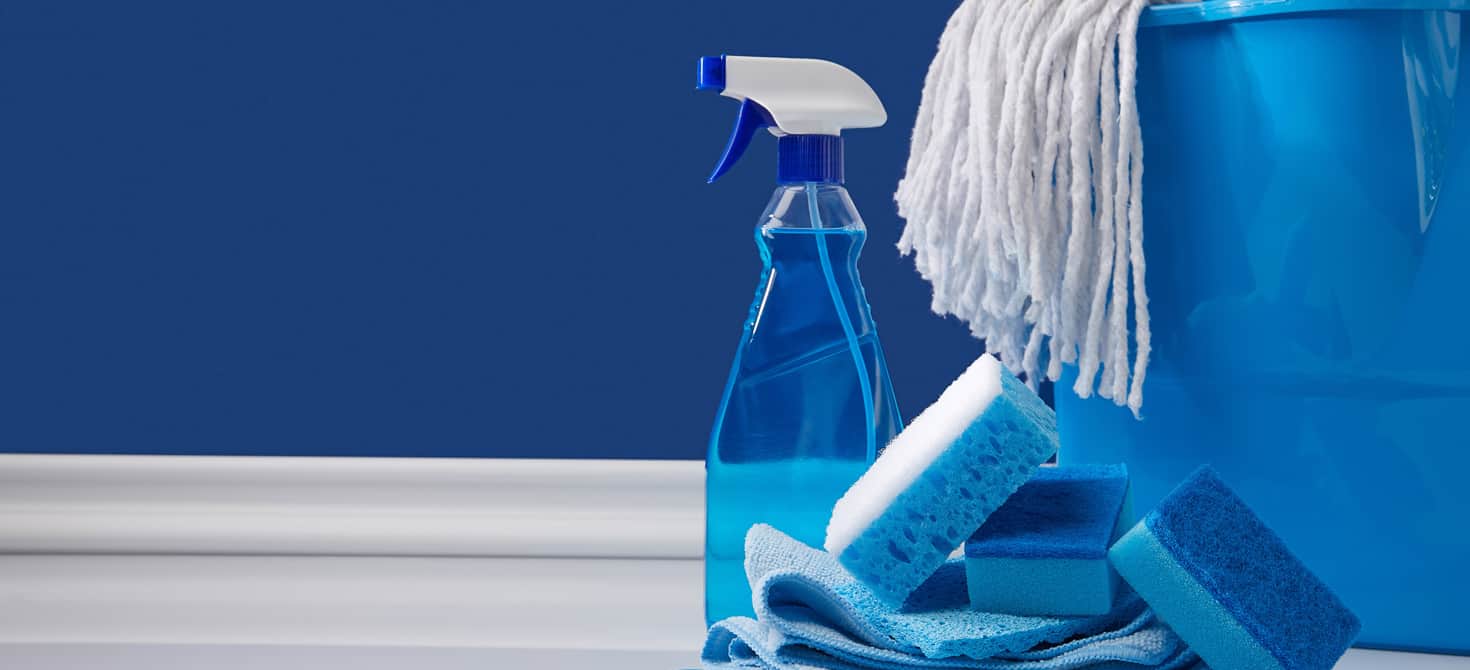- Furnishing trends
- 0 likes
- 6749 views

What is betacryl? It is a material made by combining aluminium hydroxide (present in the quantity of ⅔) and acrylic resin (present in the quantity of ⅓) with natural pigments.
Betacryl may seem very similar to stone, but it is nevertheless a very resistant and hygienic material. This material is also totally waterproof and able to preserve its colour for a long time.
As far as the processing of this material is concerned, betacryl can be joined together in a completely imperceptible way, thus creating maximum continuity. Its consistency is very similar to that of natural stone, but unlike the latter betacryl can be restored (however, it is very difficult for this material to be scratched due to its great integrity and resistance).
Index
Betacryl: main uses and applications
Betacryl is a perfect material for kitchen tops, but also for washbasins, blackboards (also freestanding) and even bathtubs, shower trays, vertical coverings and floors.
Betacryl is also used for the creation of tables, bookcases and many other types of furnishing accessories. Being a printed material, betacryl can be forged in the most diverse forms, to respond concretely to every need and requirement of users.
Use of betacryl in domestic, medical and design environments in general
In the domestic environment betacryl is mainly used in the following environments:
- Living area: tables, bookcases and a wide range of furnishing accessories
- Kitchen: kitchen tops, sinks, vertical panelling, islands and peninsulas
- Bathroom: shower trays, sinks, bathtubs, walls and floors.
Betacryl also has an important use in the medical sector:
- Construction of worktops and vases in hospitals
- Wall cladding of operating theatres, surgical hand washing areas, worktops and vessels
- Antibacterial wall cladding for common hospital areas
- Construction of worktops, walls and vessels for medical and dental surgeries.
Finally, betacryl is a material that is widely used in many design applications: this material is in fact used for the creation of the most varied furnishing accessories, as well as bookshelves, temporary or permanent installations and light design in the field of lighting engineering.
Betacryl: characteristics and peculiarities
The data sheet of betacryl shows that the material is able to resist optimally to the heat generated by other objects or tools: however, it is advisable not to place boiling pots or coffee pots on this material, as they could cause minor damage to the surface of the top. It is therefore better to always use trivet or alternatively heat bars.
With reference to the main characteristics and peculiarities of this material, we can say that aluminium hydroxide is able to give betacryl an excellent mechanical resistance. The use of high quality acrylic resin makes the material highly hygienic and suitable for constant food contact. Betacryl is also a material that is easy to transform and repair using common woodworking equipment.
Due to its important properties, betacryl is an extremely versatile material suitable for a wide range of applications and uses.
Cleaning and maintenance of betacryl

Betacryl is a compound that can resist heat better than other types of materials. However, as stated above, if this material is exposed to a hot pot, the surface of the top may lose some of its natural shine. In this case our advice is to treat the matte surface with the help of a soft sponge and an abrasive cream detergent. Then rub the same area with a cloth and a polishing cream, rubbing the surface with slow circular movements. In this way the heat-dampened area will regain its natural shine.
Betacryl is a non-porous material and therefore it does not absorb any type of liquid with which it comes into contact: for this reason, any stains may only affect the surface of the sheet. In case of not particularly stubborn stains, you can treat the affected surface with a cloth soaked in a solution of water, to which you will add a normal household detergent.
If the dirt is particularly stubborn, in this case treat the surface with a sponge and an abrasive detergent, again using slow circular movements. In case of limescale incrustations, you can use an abrasive sponge soaked with vinegar, to which you will add a specific detergent.
For the ordinary cleaning and maintenance of betacryl surfaces it is advisable to fill the tanks once a week with hot water and a teaspoon and a half of liquid bleach: leave the solution to act for a few hours, then rinse and dry.
Although betacryl is a material able to resist mechanical stress in an optimal way, it is better not to use surfaces made with this material as cutting surfaces, as they could scratch.
If there are surface marks, treat the surface with the same suitable method to resolve slight opacifications. In case of particularly deep grooves, you will have to contact a specialist who will treat the surface to make it look like new.
Difference between Corian and Betacryl
By checking with betacryl retailers, you will discover that the latter has the same composition and processing techniques as Corian. The only substantial difference between these two products is to be found in the product's patent name.
Betacryl and corian, besides having the same composition, are characterised by the same certifications.
Betacryl: prices
As far as the costs of betacryl are concerned, commercial prices are influenced by the processing and size of the slabs that make up the kitchen top or other types of furniture.
In general terms we can say that the indicative prices for a kitchen top measuring 300 cm by 60 is about 1,000 Euro.
The prices are always calculated on the basis of the square metres of the product and the processing.
